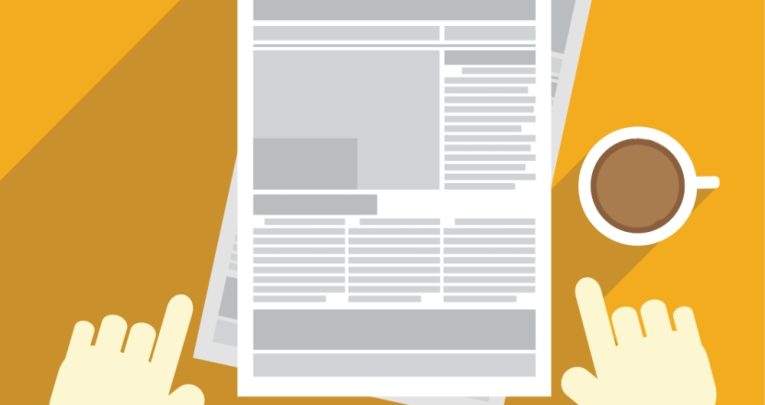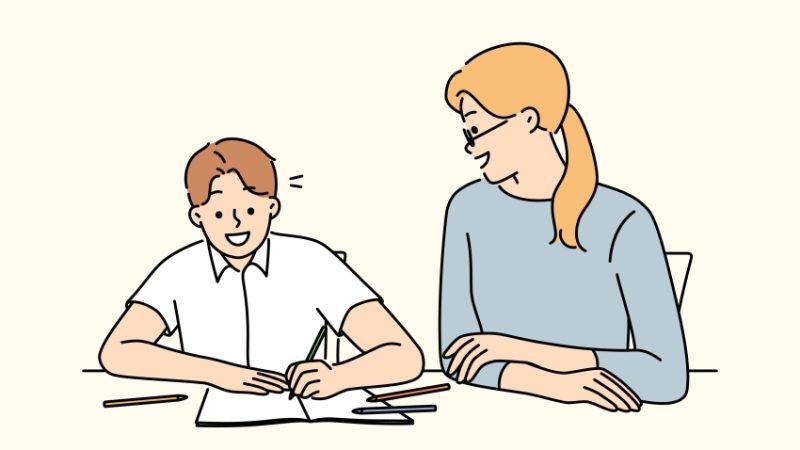Read Between The Lines – How The News Machine Mangles Reporting On Education Research

Next time you read an explosive headline about the latest educational research, make sure you have a generous pinch of salt handy, warns Terry Freedman… When a recent OECD report came out, saying that technology in classrooms has had no noticeable impact on attainment in reading, maths and science, many headlines told a rather different […]

Next time you read an explosive headline about the latest educational research, make sure you have a generous pinch of salt handy, warns Terry Freedman…
When a recent OECD report came out, saying that technology in classrooms has had no noticeable impact on attainment in reading, maths and science, many headlines told a rather different story.
The BBC, for example, told us that, ‘School technology struggles to make an impact‘. A CNBC ‘Special Report’ announced that schools were, ‘Wasting money on computers for kids‘, while The Register summed up the 204-page report very succinctly: ‘Don’t bother buying computers for schools, says OECD report‘.
There are many examples of this sort of thing in education, where the headline of an article about a new piece of research, and often even the article itself, is not accurate – and both economics and the process of making a newspaper have a lot to do with it.
One industry source told me that daily newspaper circulation has declined from over 35 million in 1950 to around 10 million today. Another informed me that as far as he knew, newspaper sales have been declining by 11% per year over the last eight years. The economics of this is fairly simple – fewer sales means less income, which in turn means fewer journalists employed. Although specialist education journalists remain in post in most newspapers, more is demanded of all reporters, and that can cause problems in having the time to research a story as fully as might have been possible in the past.
Releases, pyramids and headlines
How does a research report end up as a newspaper article? It’s basically a continual process of leaving out detail:
The press release First, the organisation behind the report issues a press release. This is rarely longer than one side of A4. Thus, a 200 page report is summarised in a few hundred words.
A national newspaper will typically receive around 500 press releases a day, so they have to be attention-grabbing in order to get noticed. A good PR person will write a release that sounds more sensational – and often more negative – than the research report itself.
The inverted pyramid The second stage of the process is where the journalist writes the article based on the press release. The format of a news story will typically follow the inverted pyramid approach. What this means is that the gist of the article is summarised in the first paragraph, with more detail contained in subsequent paragraphs.
This is great for people in a hurry, such as commuters – but if they read only the headline and the first paragraph, they will not read any of the caveats that the article may contain further down.
The headline The final stage is the writing of the headline, and here emerges another problem. Headlines are written by sub-editors, not the journalists who write the articles. That is to say, by someone who may be unfamiliar with the detail of the story. In fact, the headline may have nothing to do with the article, or even communicate pretty much the opposite of what it says.
So what?
You may be thinking to yourself, What difference does it make? People will read the article, and then they will see the truth. Unfortunately, even if the article contains all the correct information, that is not necessarily going to be true. One reason is the way people read newspapers. According to this article on the CNBC website, more people are skimming articles, making critical appreciation of the content less likely.
Then there is the fact that according to this New Yorker article, ‘A headline changes the way people read an article and the way they remember it. The headline frames the rest of the experience. A headline can tell you what kind of article you’re about to read…and it sets the tone for what follows.’
In other words, first impressions count. Reading the article doesn’t correct that. Not only does the headline frame the way you read the article, but it prevents you remembering details that contradict the impression given by the headline.
It’s unfortunate, but misleading reporting of educational research seems to be endemic to the way newspapers work and how news is produced. The best way to counter this, as a teacher, is to become familiar with the research yourself.
Read the press release on which the article is based; you should be able to find it on the research organisation’s website, usually in a section labelled ‘News’, ‘Media’ or possibly ‘Blog’. Read the original report, if it’s available – or failing that, read the executive summary.
Terry Freedman is an independent educational ICT and computing consultant, and publishes the ICT & Computing in Education website and the Digital Education ezine












